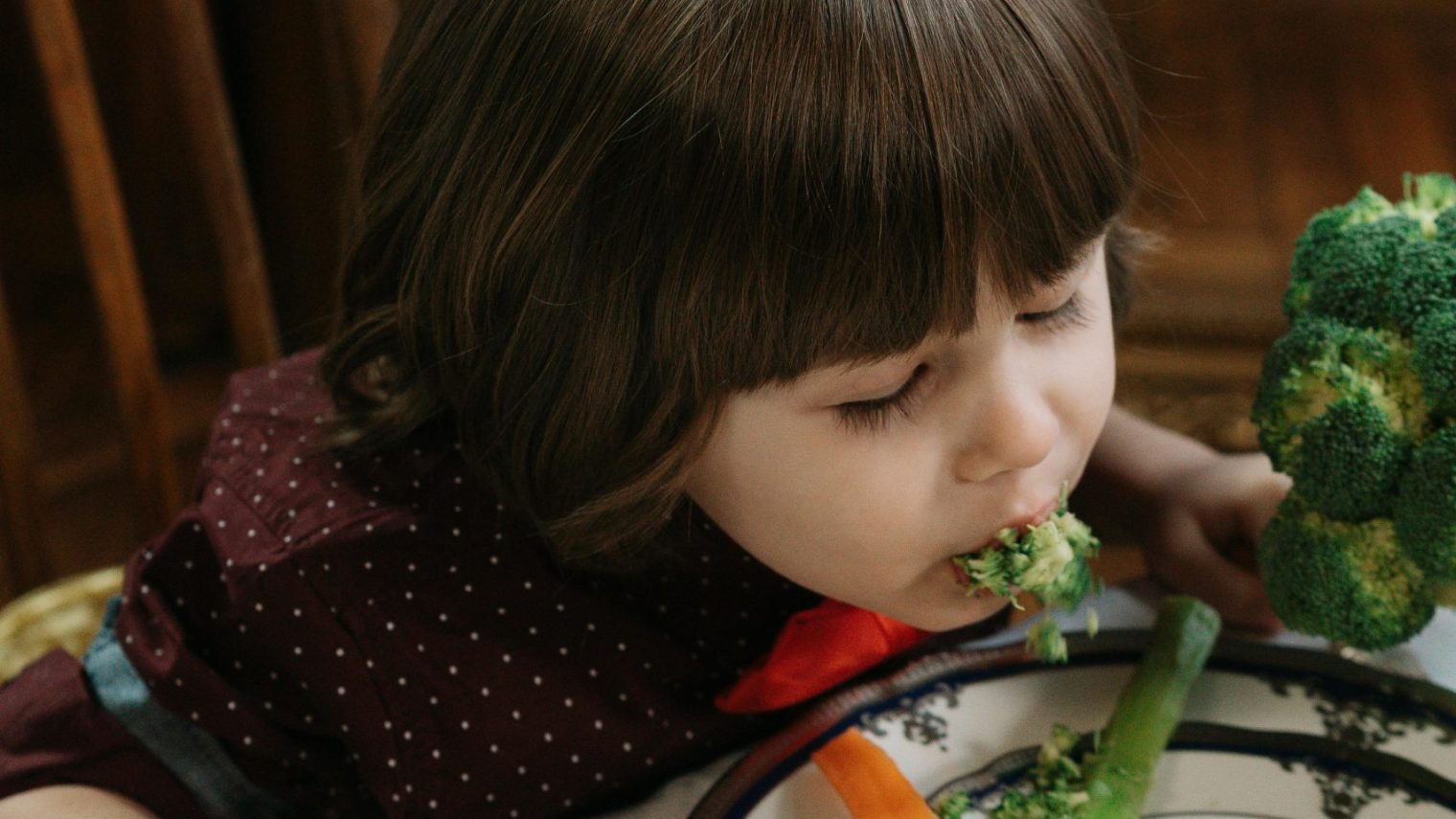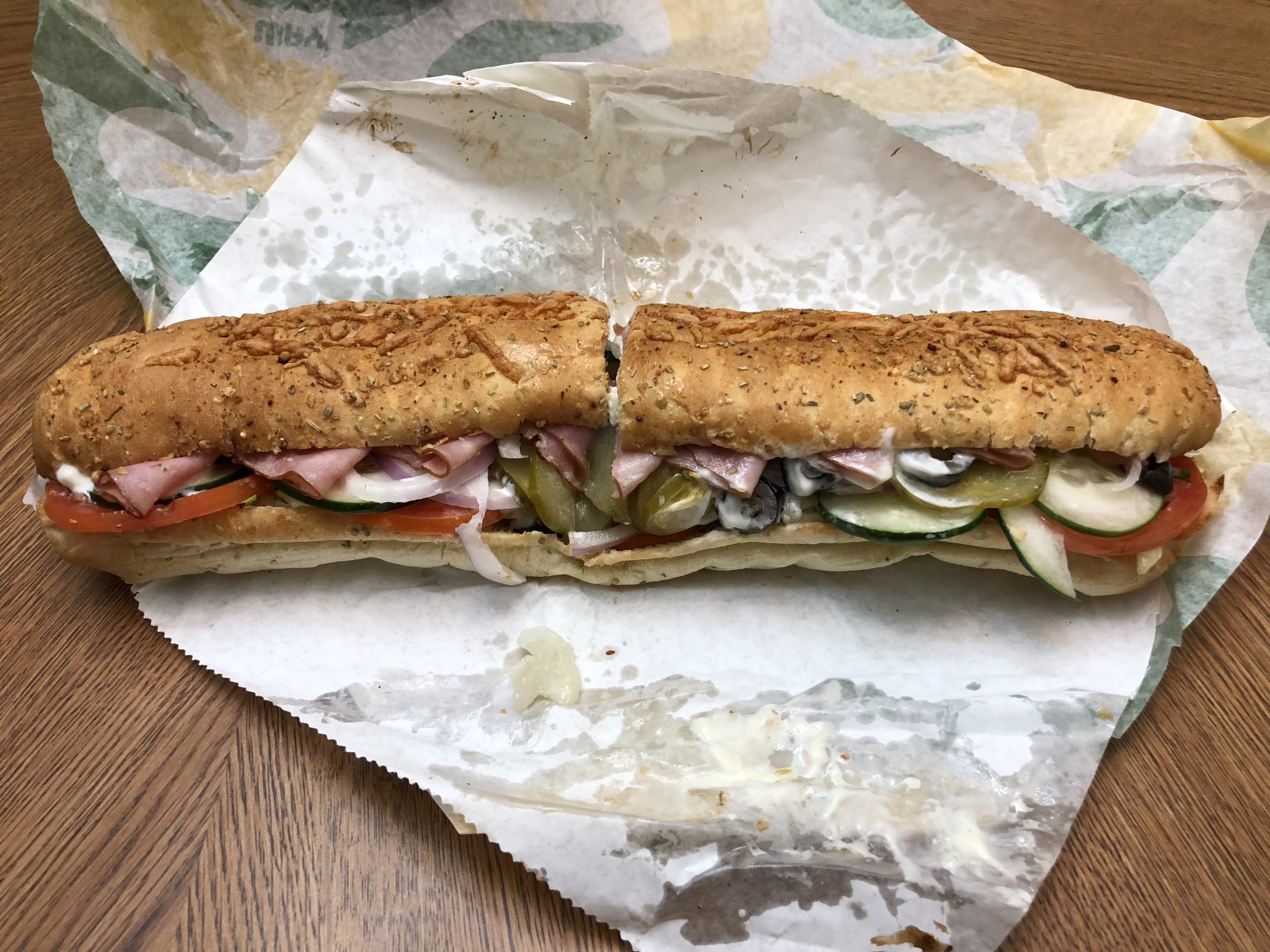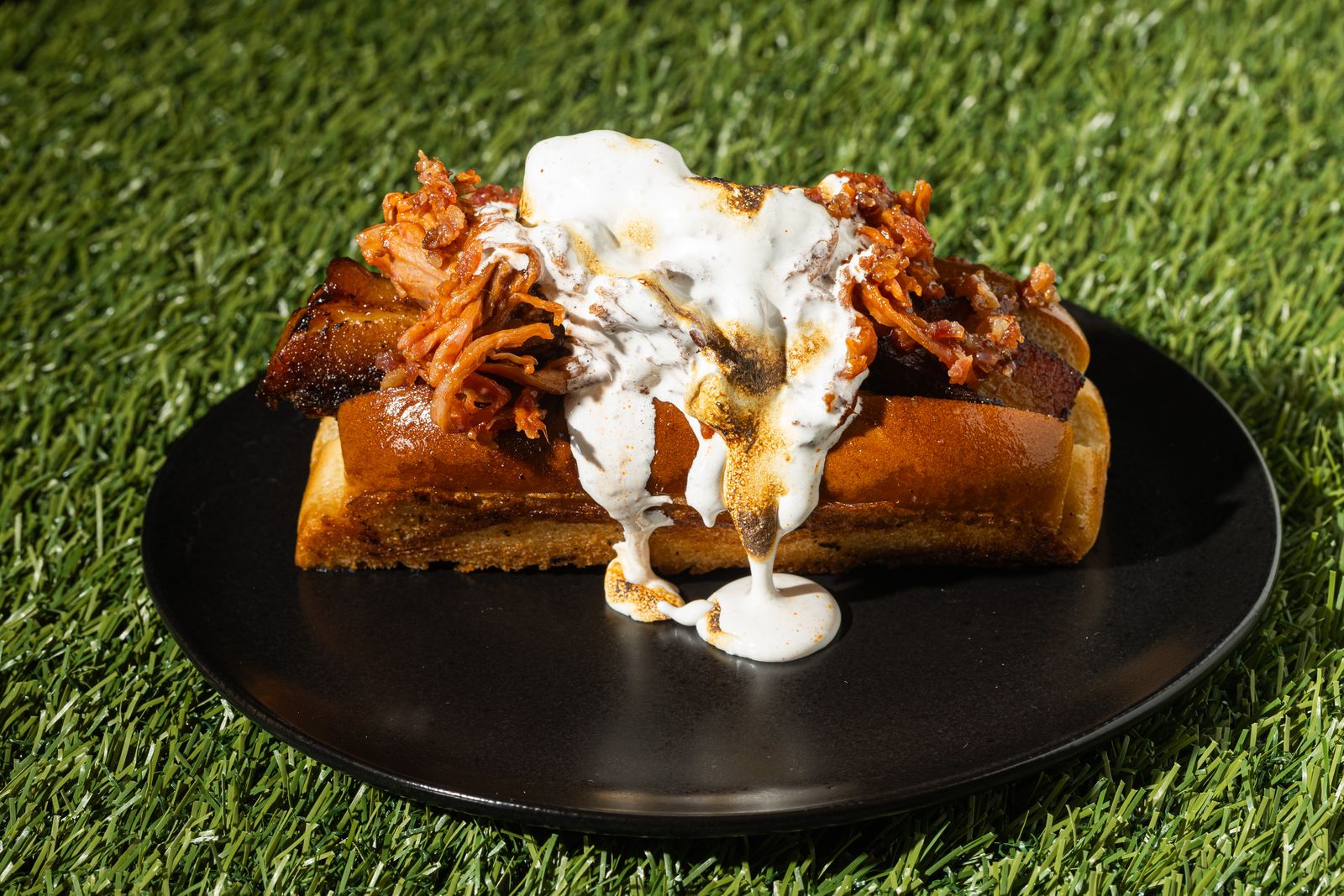7 Foods That We Hated As Kids But Love As Adults

Kids are tough critics when it comes to food. They waste no time letting you know if something is tasty or deserves a thumbs down. Youthful bluntness aside, several factors can impact what a child will eat, from how food is prepared to what it looks like, and their developing palate.
My dislike for cooked tomatoes as a kid, for example, happened as a result of being forced to eat them seasonless and sauteéd during a two-year stint at boarding school. Fast-forward, having tasted them prepared the right way, and in many styles, I’ve grown to love cooked tomatoes.
As it happens, lots of people say they hated tomatoes as kids, including other popular foods that I’ve listed below, many of which I couldn’t imagine living without as an adult.
Display mode

WINE & BEER
To be clear, kids shouldn’t be drinking alcohol. But if we’re being real, lots of us, at least, had our first taste of alcohol as a kid. I recall the first time my father gave me a sip of his wine. I might’ve been in Middle School but can’t remember exactly. What I do remember is that it tasted like how I imagine pen ink did, which made me nearly spit it out. Funny enough, I didn’t acquire a taste for alcohol until age 21. And for awhile, couldn’t finish a Corona without stuffing it with lime wedges. That said, there’s actually a scientific reason why kids are turned off by beer and wine.
Kids dislike the taste of alcohol because it’s bitter. Studies show that a child’s palate, which is developing, tends to reject bitter flavors because it can sometimes indicate that poison is present. Conversely, their taste for sweetness is heightened, one reason being that it helps attract them to their mother’s milk. As kid’s get older and their palate develops, the taste of bitterness becomes less intense.
Kids dislike the taste of alcohol because it’s bitter. Studies show that a child’s palate, which is developing, tends to reject bitter flavors because it can sometimes indicate that poison is present. Conversely, their taste for sweetness is heightened, one reason being that it helps attract them to their mother’s milk. As kid’s get older and their palate develops, the taste of bitterness becomes less intense.

BRUSSEL SPROUTS
I know I’m not the only one who despised Brussel sprouts growing up. But, I’m pretty sure it was due to how they were made. It seemed like people only steamed Brussel sprouts, which are the absolute worst way to prepare them. The result was a mushy, overly earthy ball of bitter dirt. The fart-y smell didn’t help either. Every time these morsels of mayhem would land on my plate, I knew it’d be a late night.
It’s wild how much I hated Brussel sprouts, considering how much I love them now. If anyone’s to blame, it’s the invisible barrier that prevented cooks from experimenting with other cooking methods, all the way up until the early 2000s, when celebrity chef David Chang got the bright idea to pan-roast them, helping to transform Brussel sprouts from the most-hated into a menu staple at restaurants nationwide.
It’s wild how much I hated Brussel sprouts, considering how much I love them now. If anyone’s to blame, it’s the invisible barrier that prevented cooks from experimenting with other cooking methods, all the way up until the early 2000s, when celebrity chef David Chang got the bright idea to pan-roast them, helping to transform Brussel sprouts from the most-hated into a menu staple at restaurants nationwide.

MEDIUM RARE STEAK
There aren’t any studies to support this, but lots of parents say their kids dislike medium rare steak. I think it depends on what type of household you grew up in. However, the collective disappointment shared among steak-loving parents in this Facebook thread proves that it’s definitely a thing.
It comes down to texture. In the same way that some flavors are too nuanced for young palates, some textures are as well; for example, the super juicy, tender consistency of medium rare steak. You might say, “What about apple sauce?” Well, that’s more mushy, whereas medium rare steak is chewy and tender, which can feel like it’s uncooked if you’re unaccustomed to it. Especially when the red myogoblin (not actual blood) starts pooling on the plate and that metallic taste hits your tongue. That’s why kids are generally known to prefer well-done steak, and don’t develop a taste for other temperatures until they get older.
It comes down to texture. In the same way that some flavors are too nuanced for young palates, some textures are as well; for example, the super juicy, tender consistency of medium rare steak. You might say, “What about apple sauce?” Well, that’s more mushy, whereas medium rare steak is chewy and tender, which can feel like it’s uncooked if you’re unaccustomed to it. Especially when the red myogoblin (not actual blood) starts pooling on the plate and that metallic taste hits your tongue. That’s why kids are generally known to prefer well-done steak, and don’t develop a taste for other temperatures until they get older.

MUSHROOMS
For much of my life, mushrooms have been my number one most-hated food, and believe it or not, that’s a pretty common sentiment. Picture mushrooms from a kid’s perspective; they’re alien-looking but smell earthy, and then fishy when they start to age. Don’t even mention the weird taste! I was that kid who’d pick off every trace of mushroom from a pizza, even if took half the cheese along with it.
It’s well-known in the parent-verse that lots of kids dislike mushrooms. I’d argue that America’s overuse of the boring button and cremini varieties is to blame, along with dull cooking methods. As it turns out, button, Cremini, and Portobello mushrooms were the only types available in the U.S. until the 1980s, when shiitake was introduced. Other varieties followed, along with innovative ways to prepare mushrooms. Now, even I’ll eat ’em on occasion. That said, despite their rise in popularity, kids still seem to have an aversion to them.
It’s well-known in the parent-verse that lots of kids dislike mushrooms. I’d argue that America’s overuse of the boring button and cremini varieties is to blame, along with dull cooking methods. As it turns out, button, Cremini, and Portobello mushrooms were the only types available in the U.S. until the 1980s, when shiitake was introduced. Other varieties followed, along with innovative ways to prepare mushrooms. Now, even I’ll eat ’em on occasion. That said, despite their rise in popularity, kids still seem to have an aversion to them.

TOFU
Eating tofu is a quintessential part of growing up in Asia, whereas in America, it was a largely niche food until the counterculture movement in the 1960s helped popularize vegetarianism. Even then, and for years after, it was still something only a handful of Americans ate. Tofu is nothing like ordinary meat proteins, and if we’re being honest, looks pretty unappealing in its uncooked form. Only in the past decade or so, thanks to a growing interest in health and international cuisines, has it become a common protein go-to.
If we’re being even more honest, tofu is everything critics say it is: tasteless, hard to season, and not to mention, it has an odd texture that makes it difficult for first-time cooks to figure out on the fly. Unlike ground beef, which is fairly easy to season and prepare. My mother introduced us to tofu as kids, and only recently admitted that she didn’t know anything about how to cook it. Being one of her tofu test subjects really turned me off from it for years.
If we’re being even more honest, tofu is everything critics say it is: tasteless, hard to season, and not to mention, it has an odd texture that makes it difficult for first-time cooks to figure out on the fly. Unlike ground beef, which is fairly easy to season and prepare. My mother introduced us to tofu as kids, and only recently admitted that she didn’t know anything about how to cook it. Being one of her tofu test subjects really turned me off from it for years.

OLIVES
If I had a dollar for every olive I tediously removed from a pizza as a kid, I could buy an olive farm. I definitely wasn’t alone in my hate, because as a pizza topping, they have a reputation nearly akin to sardines. Like tofu, olives are a cultural food, and one that wasn’t commonly consumed in my household, if ever. As a result, the first time I tasted them would be the only time for years after. Since lots of kids seem to share my sentiment, there must be a reason why olives are so divisive.
Unlike other foods on this list, which many people learn to enjoy as they grow older, olives are disliked by kids and adults. This Facebook thread alone shows that they are so divisive that, even people who like them, may only like one variety.
Existing somewhere between a vegetable, a fruit, and — dare I say…meat, olives are a one-of-a-kind food, with a texture that reminds me of cooked cactus. Much in the same way capers have a unique taste, you can’t really compare olives to anything. It’s no surprise that kids generally hate them.
Unlike other foods on this list, which many people learn to enjoy as they grow older, olives are disliked by kids and adults. This Facebook thread alone shows that they are so divisive that, even people who like them, may only like one variety.
Existing somewhere between a vegetable, a fruit, and — dare I say…meat, olives are a one-of-a-kind food, with a texture that reminds me of cooked cactus. Much in the same way capers have a unique taste, you can’t really compare olives to anything. It’s no surprise that kids generally hate them.

DARK CHOCOLATE
It’s pretty uncommon for kids to enjoy dark chocolate — at least, not the intense 75%-and-up bitter varieties. The first time I tried dark chocolate, I remember it tasting like chalk. Like, why would anyone subject themselves to neutral-flavored nothingness, when they could have delectable milk chocolate?
Dark chocolate is like wine – you can’t really appreciate it until your palate is developed enough to pick up on the nuances. If you’re used to the sweetness of milk chocolate, the bitterness of dark chocolate is like a shock to the system, and even more so to a child’s tastebuds, because kids generally consume more sugar than adults.
Dark chocolate is like wine – you can’t really appreciate it until your palate is developed enough to pick up on the nuances. If you’re used to the sweetness of milk chocolate, the bitterness of dark chocolate is like a shock to the system, and even more so to a child’s tastebuds, because kids generally consume more sugar than adults.





























